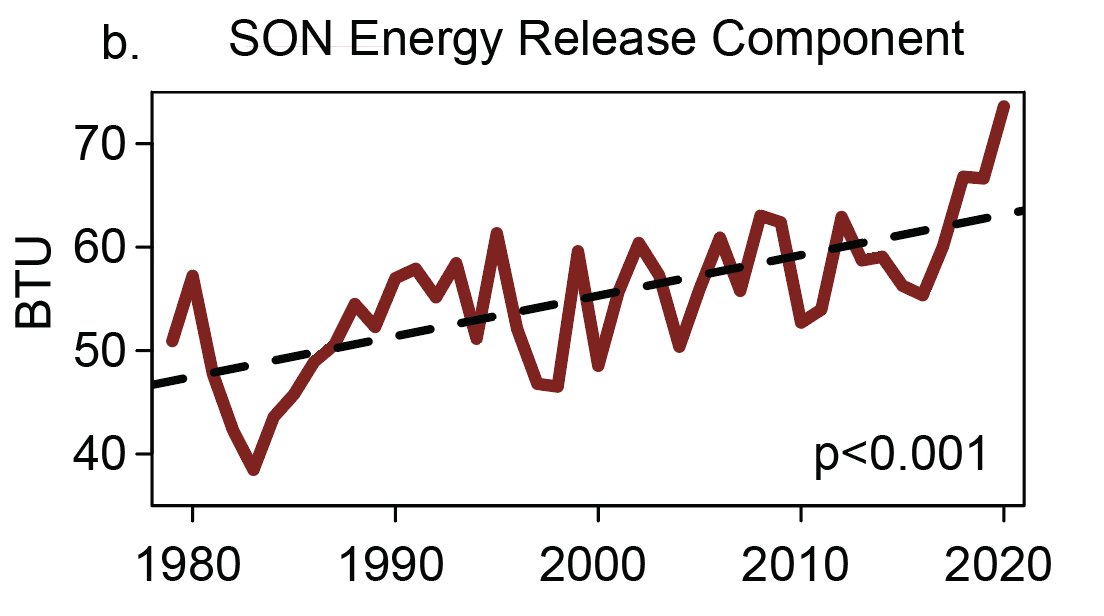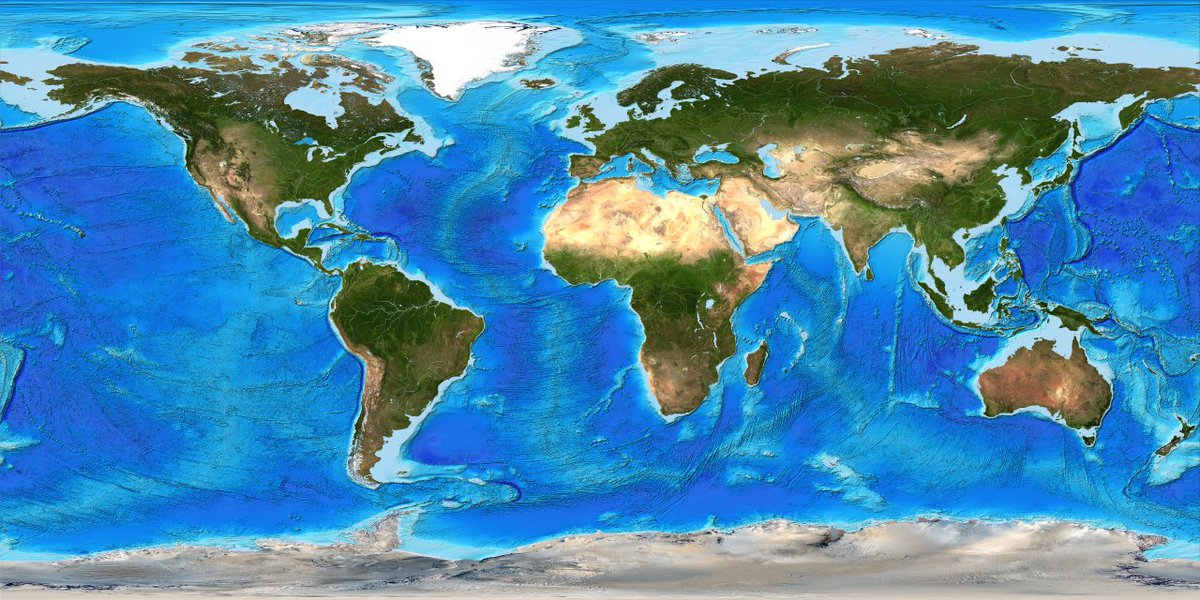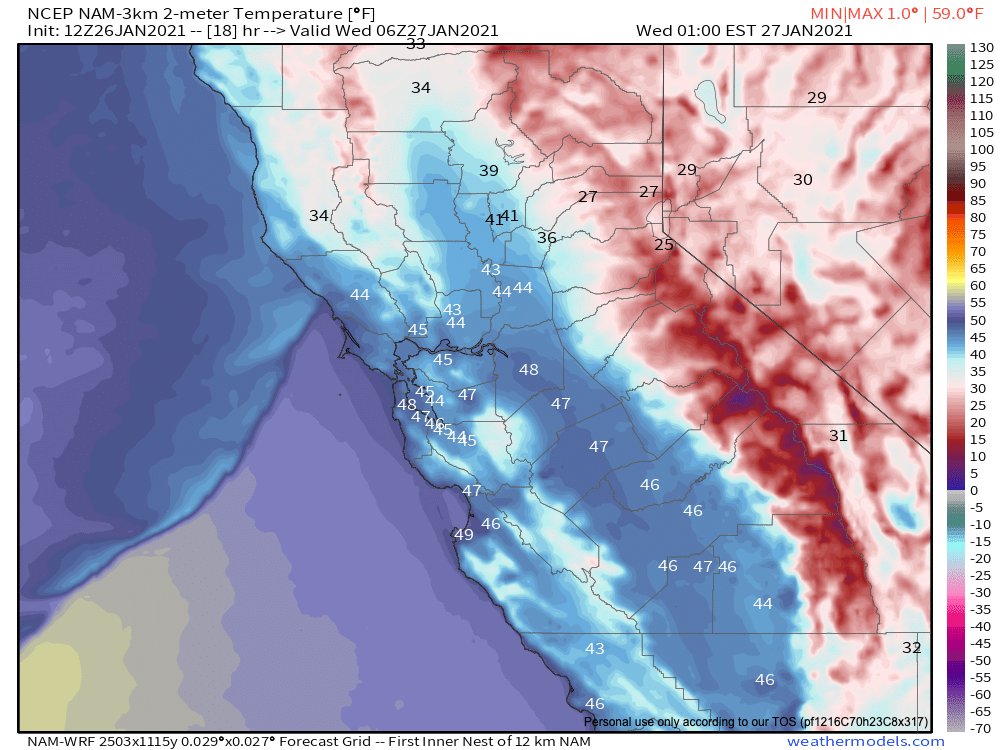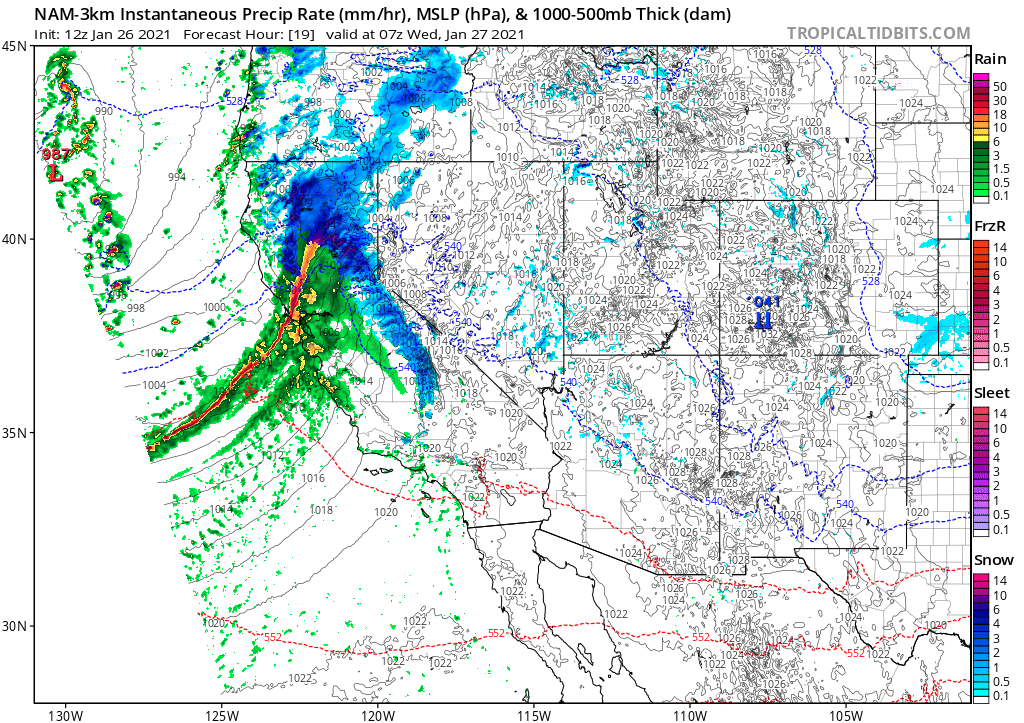
Posting as heads-up to weather modeling world (not as a realistic prediction of future conditions): the (new) GFS has occasionally been spitting out completely absurd surface temperatures for CA's Central Valley. 18z run today shows 128-130F. Anyone know what's up? 

An intense and very possibly record-breaking heatwave is indeed possible in that interval, but not "hottest temperature in modern history" hot. I'm assuming it's the surface scheme, but then again, the 850mb temps are absurdly high also (though maybe feedback from sfc?). 

Seems as if the ECMWF is now doing something similar. Either both models share some kind of similar surface scheme bias/error that involves sporadic positive/self-reinforcing surface temp feedback during extreme events (still by far most likely), or...hmm.
https://twitter.com/systemrename/status/1406933253844398085?s=20
Paging anyone in numerical weather modeling world who has insights, esp. folks at @NOAAResearch, @NWSWPC, @NWSEMC, etc. This is turning into a potential public communications problem, especially because there could actually be very high-impact heat event buried in these errors.
• • •
Missing some Tweet in this thread? You can try to
force a refresh













